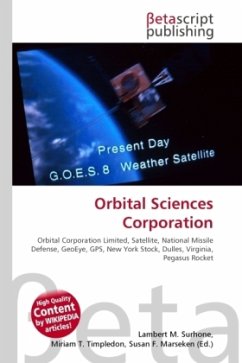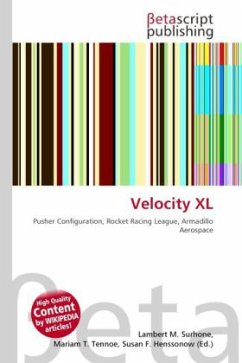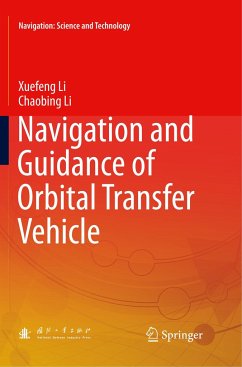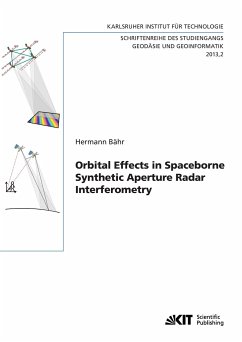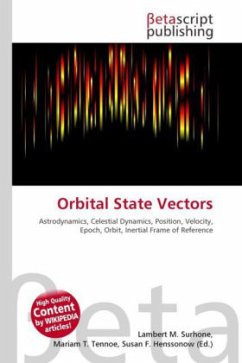
Orbital State Vectors
Versandkostenfrei!
Versandfertig in 6-10 Tagen
23,99 €
inkl. MwSt.

PAYBACK Punkte
12 °P sammeln!
Please note that the content of this book primarily consists of articles available from Wikipedia or other free sources online. In astrodynamics or celestial dynamics orbital state vectors (sometimes state vectors) are vectors of position (mathbf{r}) and velocity (mathbf{v}) that together with their time (epoch) (t,) uniquely determine the state of an orbiting body. State vectors are excellent for pre-launch orbital predictions when combined with time (epoch) expressed as an offset to the launch time. This makes the state vectors time-independent and good general prediction for orbit.Both stat...
Please note that the content of this book primarily consists of articles available from Wikipedia or other free sources online. In astrodynamics or celestial dynamics orbital state vectors (sometimes state vectors) are vectors of position (mathbf{r}) and velocity (mathbf{v}) that together with their time (epoch) (t,) uniquely determine the state of an orbiting body. State vectors are excellent for pre-launch orbital predictions when combined with time (epoch) expressed as an offset to the launch time. This makes the state vectors time-independent and good general prediction for orbit.Both state vectors and orbital elements have unique advantages over the other. Computed in advance state vectors are more useful for orbital prediction. A time-independent state vector can be combined with the launch time using xxx method in order to arrive at a valid set of orbital elements whereas computed in advance orbital elements are valid only when launch occurs without the slip.



